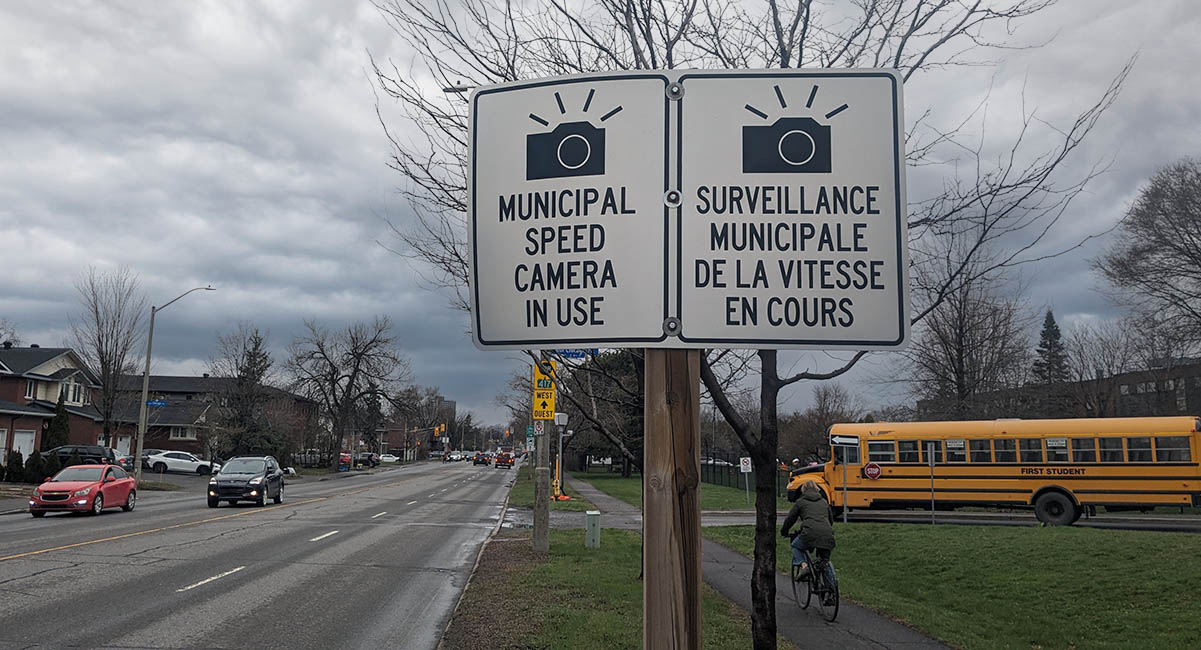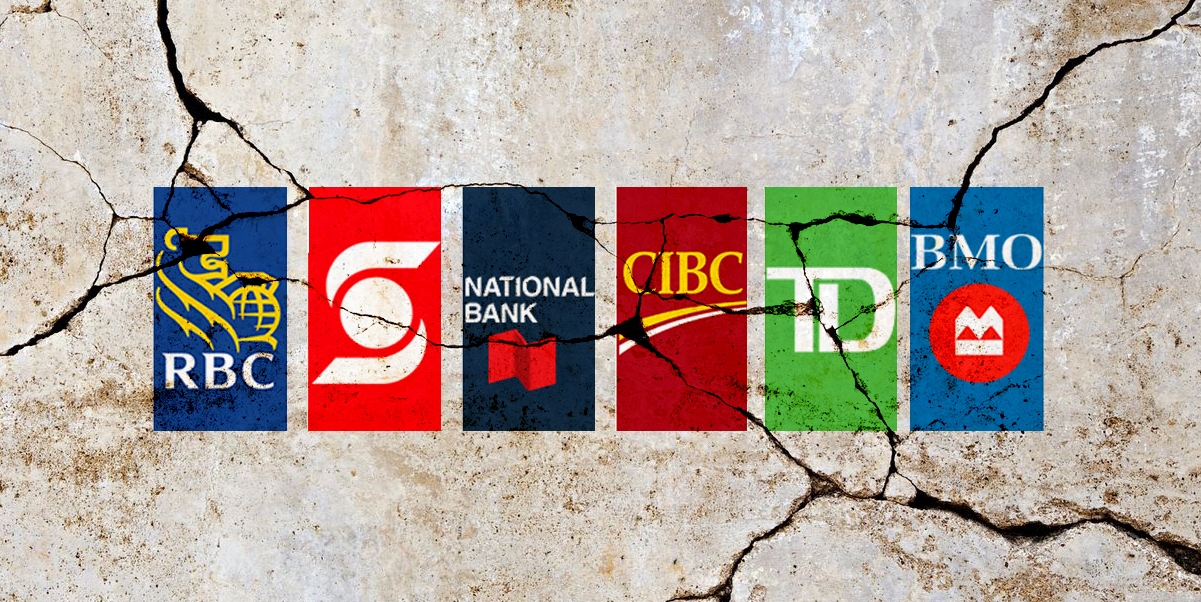
Are Speed Cameras Exploiting Ottawa Residents Under the Guise of Safety?
Property taxes are always a municipal election issue. During the 2022 Ottawa election campaign, then-candidate for mayor Mark Sutcliffe defended capping property taxes at 2.5 percent while his main rival, former Councillor Catherine McKenney, openly stated they would raise taxes.
It is unclear whether McKenney’s transparency accounted for her defeat. Still, the candidate for mayor was lauded by the president and CEO of the Institute of Fiscal Studies and Democracy at the University of Ottawa, Kevin Page, who said McKenny’s policy “sets a high standard for fiscal transparency.”
In Canada’s largest and most expensive city, Olivia Chow openly campaigned on a “modest” tax hike, stating, “I can’t predict what it’s going to be.” Once elected, Mayor Chow implemented a 9.5 percent property tax increase at a time when the delinquency rate on mortgage payments in Ontario was up 135.2 percent.
Cities receive funding from both the federal and provincial governments for a wide array of programs, but how do they continue to generate revenues during a budgetary shortfall? In 2022, candidate Sutcliffe promised to find ‘efficiencies’ in lieu of tax hikes.
Apparently, in Ottawa, the synonym for ‘efficiency’ is speed camera. Whether Mayor Sutcliffe knew about the 2020 pilot project while campaigning or they were a happy coincidence, the City of Ottawa has found a gift that keeps on giving: automated speed cameras on city roads.
Advocates for pedestrians, and there are many in the city of Ottawa, see speed cameras as a blessing for cyclists and foot traffic. However, Council is not unanimous on the city’s new money tree. Councillor Allan Hubley told CBC News in February of 2023, “I, like a whole lot of other people, [am] very concerned that there may be people around the council table that see this as a chance to grab a whole lot of money to fund whatever their special programs are that they want to fund”
In November 2023, the City of Ottawa had 28 automatic photo radar cameras and was working to install another 32, which are slated to be operational by November 2024. The current cameras have been a very profitable venture for the city; a single camera on Cedarview Road in Barrhaven raked in a staggering 10,000 tickets and $650,030.50 in revenue within two months of its installation in 2023.
It is no wonder the city is expanding the use of these cameras, extending its reach to lower-traffic and rural village areas like Carp, Carlsbad Springs, and Dunrobin. While Councillors Clark Kelley and David Brown all believe that the cameras will reduce speeding, they also state that there is no police speed enforcement in the area. Supporters of the cameras claim that they will enhance road safety, but here’s why that argument doesn’t hold water.
The cameras will not stop collisions with pedestrians, and although a police presence cannot prevent accidents, drivers tend to be more cautious when police vehicles are noticeable. Someone hit by a car speeding will also still be injured regardless of whether a camera pictured the vehicle speeding or not.
Other traffic calming measures can be implemented to force speeding drivers to slow down in areas where the city wants to control speeding. Councillor Riley Brockington recently made headlines for highlighting the cost of a single speed bump. Although expensive, the one-time cost is much cheaper than a speed camera and requires no maintenance.
The city also has electronic speed warning signs in its toolkit. They work effectively on busy roads to alert drivers that they are exceeding the speed limit. If used in conjunction with automatic speed cameras, the signs would have a calming effect on speeding traffic and would offer a fair warning to drivers to slow down before they are ticketed.
But it appears not to be about speeding; it’s more about revenue from speeding tickets. If it were, automated speed cameras would have legal use to prove dangerous driving. But they don’t stop speeding or immediately alert the OPS to dangerous drivers, and data from a speed camera cannot legally be used to testify to dangerous driving during a police officer’s testimony.
In August 2021, a man in Toronto was clocked at driving 71 km an hour over the speed limit and given a $1400 fine. He questioned the maintenance and integrity of the speeding camera, and a judge ordered his fine dropped. The city of Toronto stated that the integrity of automated speed cameras is checked every 12 months.
Another significant drawback of automated speed cameras is their inability to identify the driver, which means they have no impact on insurance. Similarly, automated red light cameras can only issue fines. They offer no deterrent beyond the immediate financial penalty. The unknown identity of the driver and the omission of demerit points as a deterrent result in fines being obligingly paid.
To a sceptic, the speed cameras appear to have nothing to do with safety and are instead a convenient tool for cities like Ottawa to generate revenue. The expansion of the program can only be viewed for what it is: an easy way for the city to obtain millions of dollars every year that it would otherwise get from property tax increases.
As the old saying goes, follow the money. Ahem . . . or the efficiencies.
Photo: OLM Staff








